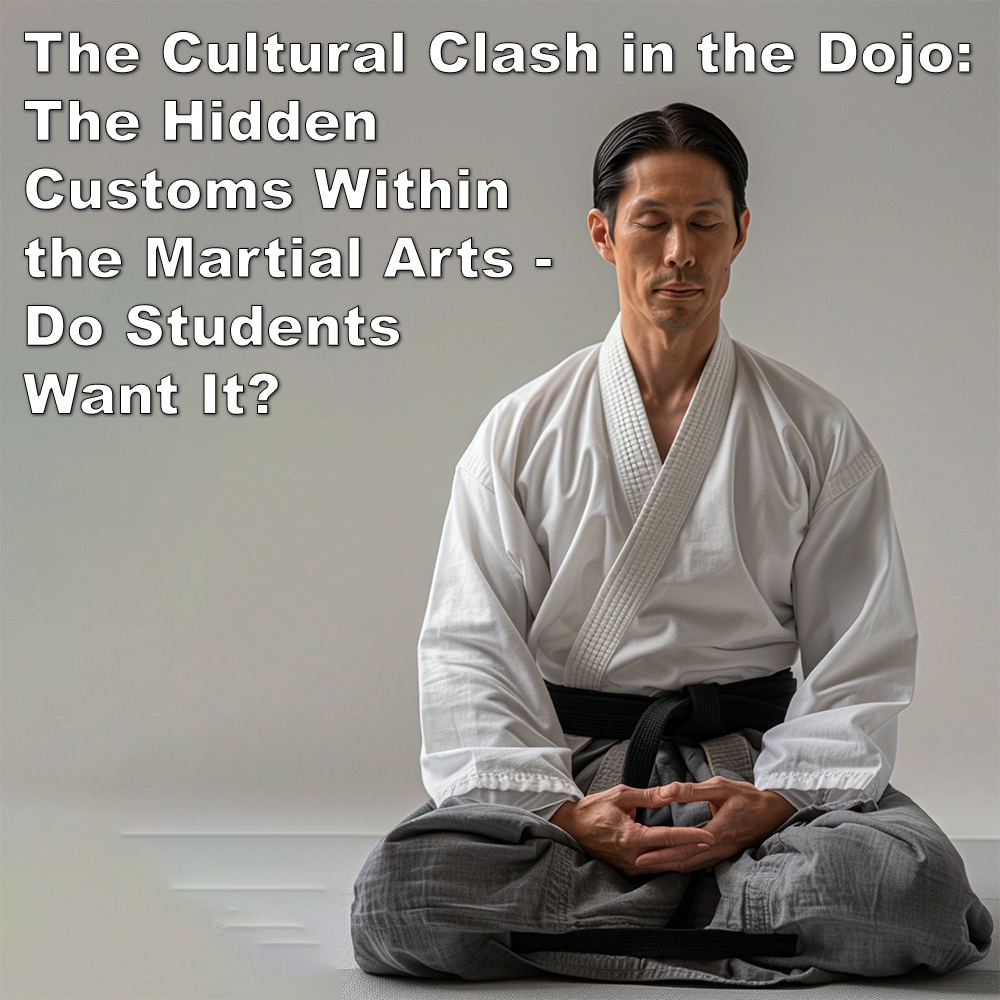
(Approx 2 minute 30 second read)
One of my friends recently posted a video asking his students “what was karate for?”. Without exception, all of them said self-defense. If this is the case then are the cultural aspects of traditional karate irrelevant?
.
Many traditional martial arts schools offer more than just self-defense and fighting techniques. They are deeply connected to the culture, values, and history of the countries they come from. Masters who have studied and taught martial arts for decades believe you cannot fully understand a martial art without respecting the culture that shaped it. But do modern students want this, or do they come with different expectations?
.
Most students who enter a dojo have their own reasons for wanting to join. They may want to learn how to compete, defend themselves, get fit, or, in the case of children, build confidence and discipline. What many don’t realize is that by joining a good traditional dojo, they are also entering a world of cultural customs, etiquette, and philosophies.
.
For some, this is a welcome surprise, an opportunity to immerse themselves in a new experience. But for others, these cultural elements might feel irrelevant or even out of step with their original goals.
.
One unique feature of traditional schools is the incorporation of cultural practices like bowing, rituals at the beginning and end of class, and using terminology and language from the art’s country of origin. These aren’t just formalities; they represent values like respect and humility. But is this what modern students are looking for? Are they ready to adopt these customs, or do they conflict with their needs and beliefs?
.
A challenge arises when these customs clash with a student’s or their family’s personal values. For instance, a young student recently expressed discomfort with the bowing ritual in my dojo, believing it had religious implications that conflicted with his faith. I had to explain that, in karate, bowing is simply a gesture of respect toward the instructor and fellow students, not a religious act.
.
Such misunderstandings highlight a crucial issue: Are some of these traditions at odds with the beliefs of modern students?
.
From many instructor’s perspective, maintaining the cultural integrity of the martial arts is essential. Without the discipline and respect that come with these traditions, the martial arts risk becoming just physical exercises, stripped of the deeper values that set them apart from other activities. Yet instructors must also recognize that not all students want or are ready for cultural immersion. Many are looking for quick, practical results – learning self-defense without the added weight of rituals they may not understand or appreciate. The challenge is finding a balance that honors tradition while adapting to modern students’ needs.
.
I think as with all things, context and transparency is key. Schools should be upfront about what students can expect, including the cultural elements they will encounter alongside physical techniques. By setting these expectations early, students can make informed decisions about whether this training aligns with what they are looking for.
.
Instructors can also help students appreciate the traditions by explaining their significance. Understanding the “why” behind the customs can help students see their value and even come to respect the cultural aspects of their training. This approach can turn initial resistance into acceptance and maybe even enthusiasm.
.
The key as always, is clear communication and mutual understanding between student and instructor. I believe that the martial arts have the power to offer not only physical skills but also insights into the values and philosophies that shaped them.
.
.
Written by Adam Carter – Shuri Dojo.
.
.
With thanks to PJ Broomy sensei and Cairns Karate for providing the initial question.
.
